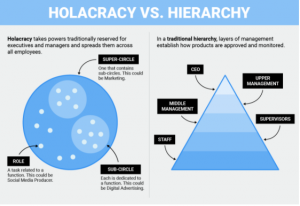 Defensiveness is defined as the quality of being anxious to avoid criticism and/or the behavior intended to defend or protect. Some have even defined it as reacting with a war mentality to a non-war issue. While none of us relishes criticism, it is a necessary part of growth. To be able to see ourselves as others see us is a gift that allows us to leave old habits behind and adopt new, healthier ways of having relationships with others.
Defensiveness is defined as the quality of being anxious to avoid criticism and/or the behavior intended to defend or protect. Some have even defined it as reacting with a war mentality to a non-war issue. While none of us relishes criticism, it is a necessary part of growth. To be able to see ourselves as others see us is a gift that allows us to leave old habits behind and adopt new, healthier ways of having relationships with others.
An Open Heart
Changing defensive behavior stars with being able to listen with an open heart to what is being said. Assume the person has your best interests in mind and is sharing something that you need to hear. Try and clear you mind so that you are truly listening and not rehearsing your next defensive statement in your mind while they are speaking.
Express Your Feelings
Being able to openly express your feelings is requisite to becoming less defensive. Letting people know in a calm manner when they have upset you is not being defensive. Lashing out with an inflammatory statement is.
Building Trust
Working through conflict builds trust in any relationship. It assures both partners that they can trust each other; they can be honest and acknowledge that any relationship is a work in progress, not fixed or defined on just one person’s terms or one moment in time.
Toxic Comments
Bottom line: if we don’t learn how to deal with our grievances head on, inevitably we deal with them indirectly, most often in more toxic forms: by teasing or making snide comments, holding grudges, or by growing more indifferent over time.
Of course, it’s difficult to give and receive healthy criticism if we’re clinging to a defensive attitude. If you feel yourself become defensive, try to see if you can simply acknowledge it, and work through the conflict as honestly and generously as possible.
Self- esteem
Temperament, history, and, most importantly self-esteem can impact how we respond to criticism. Some people have so much negative self talk occurring in their heads that they feel they just can’t accept any more from someone else. Realizing that just because someone is criticizing one issue, does not mean you are a bad person overall is key to building better relationships
People who are more prone to defensiveness may perceive an attack in certain situations in which people with resilient and calm temperaments would perceive none. Experiment with viewing the situation from different vantage points.
Overall, defensiveness in life will hold you back from building better relationships and from growing as an individual





